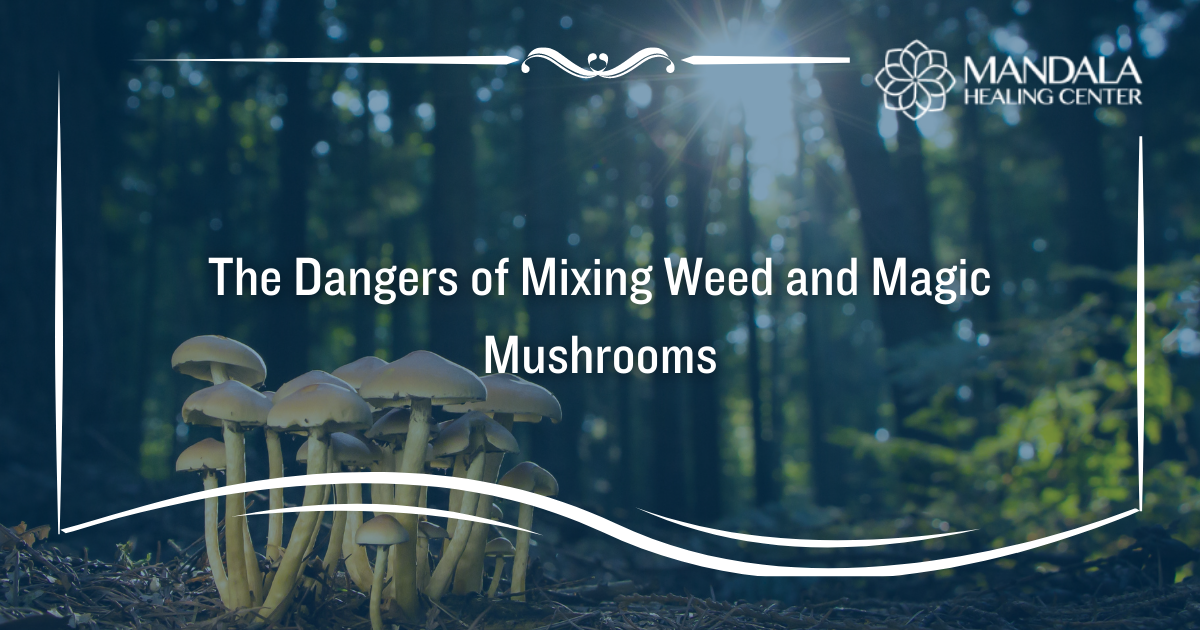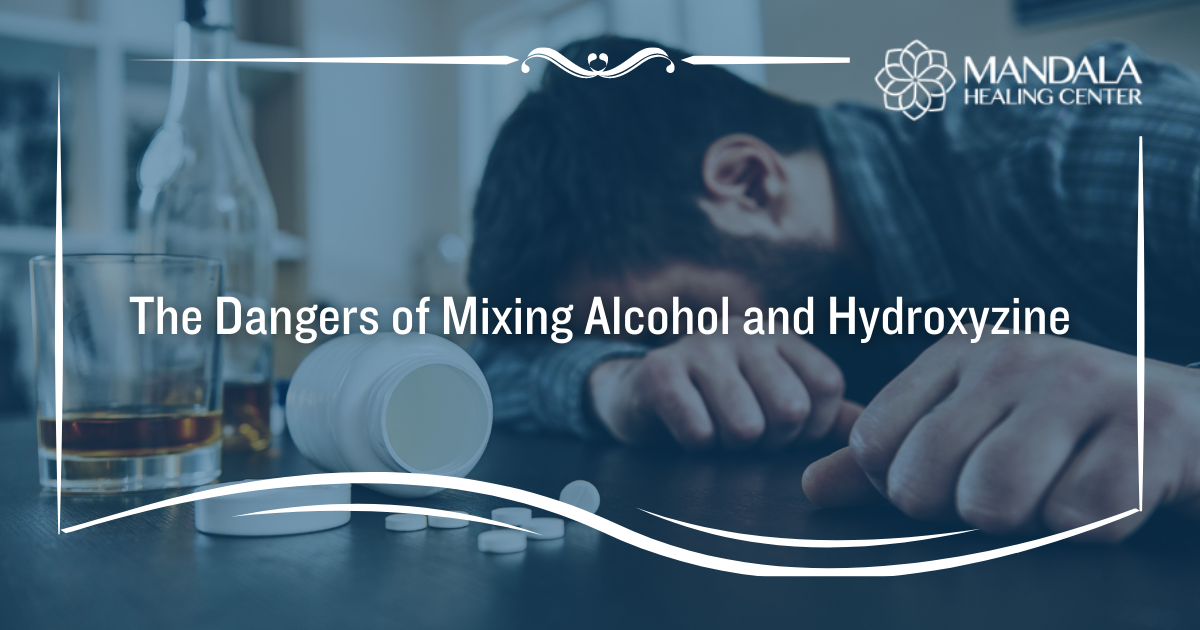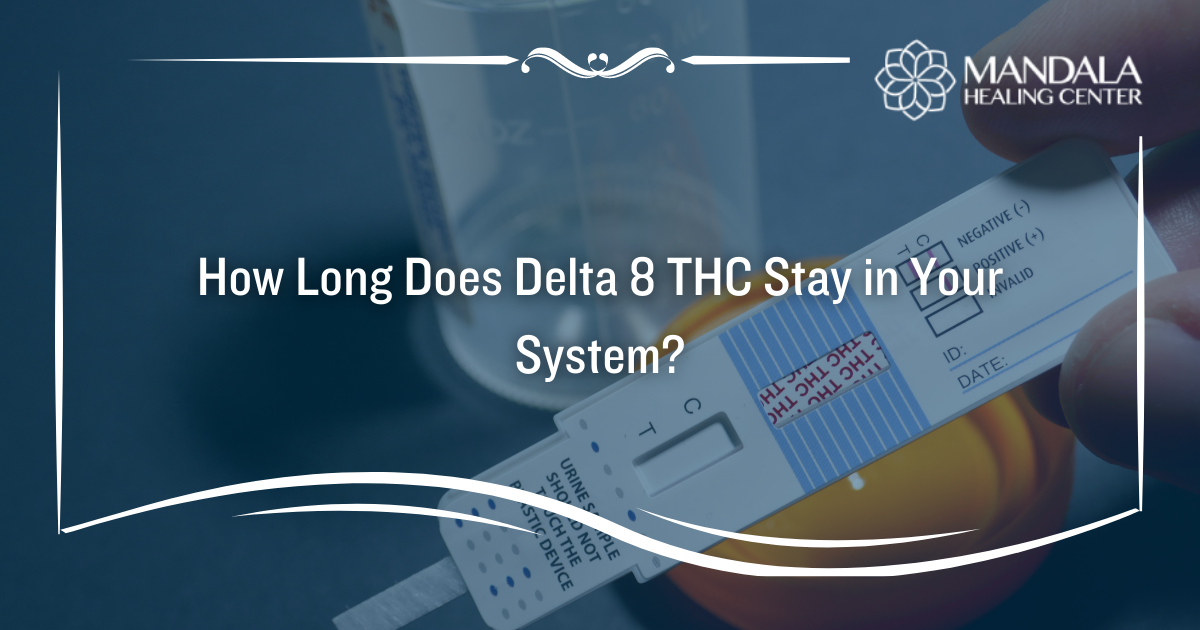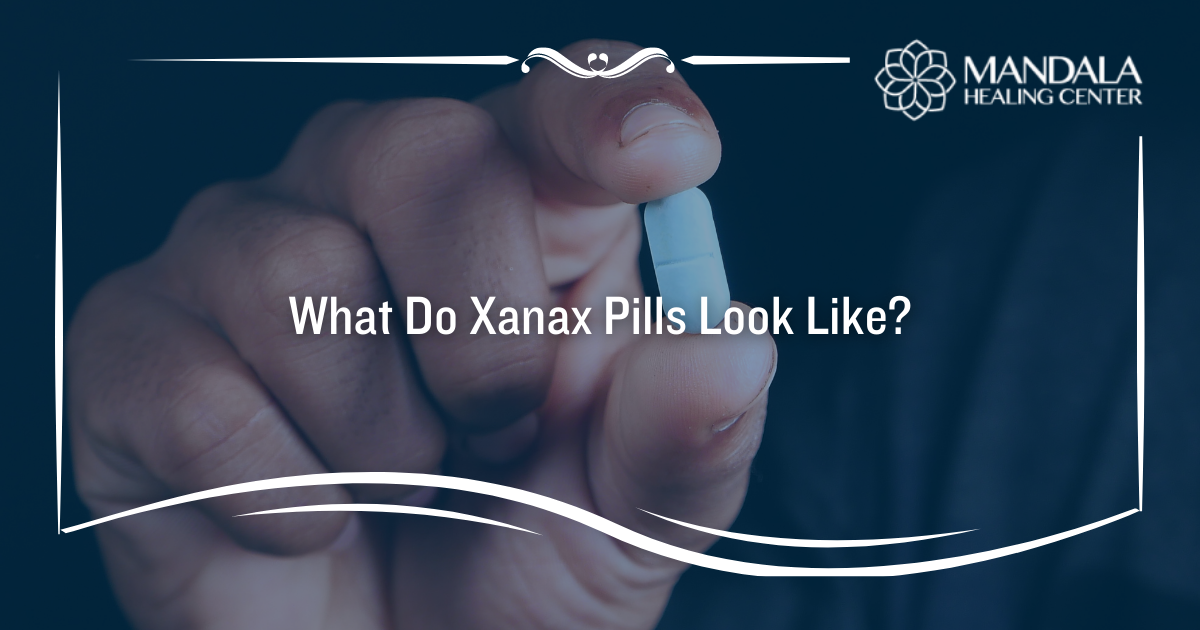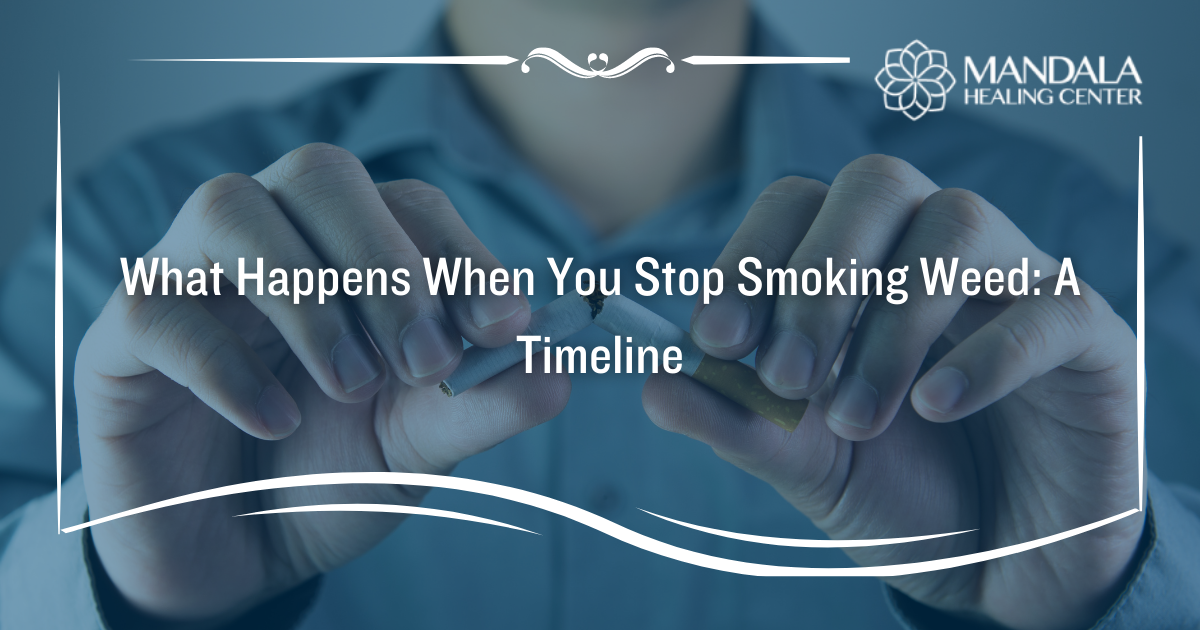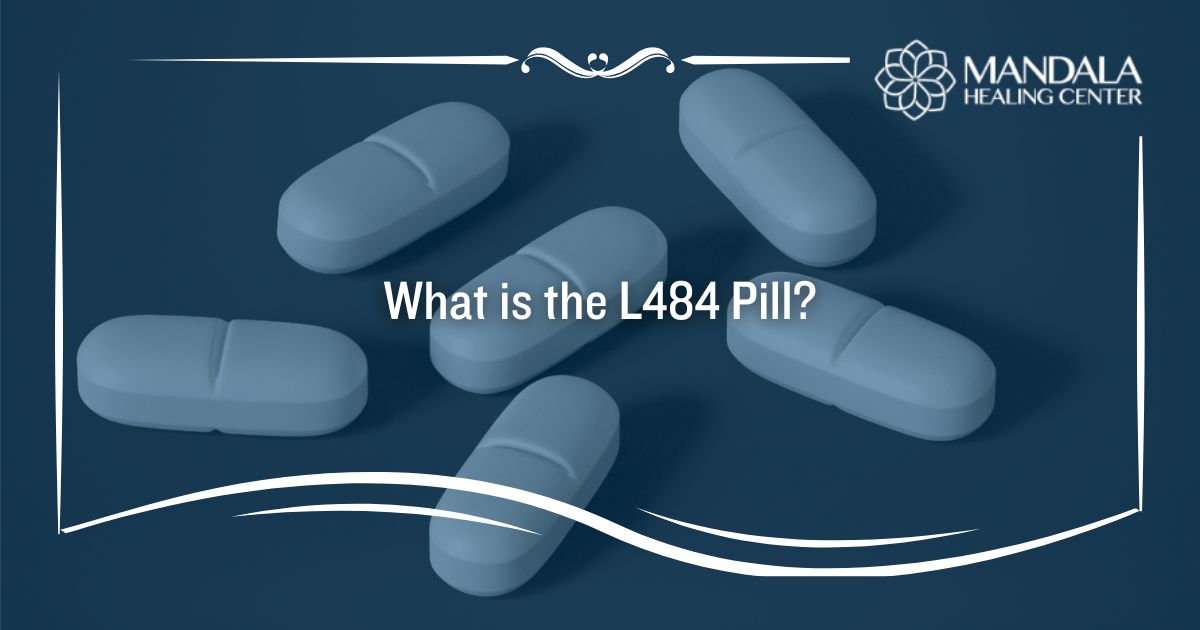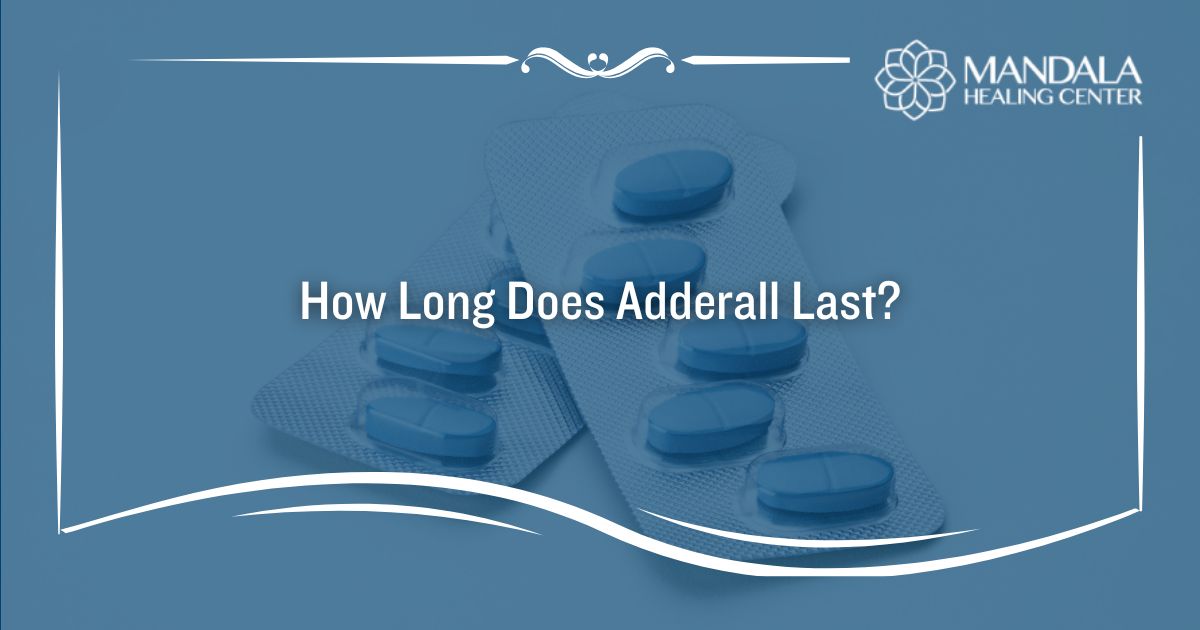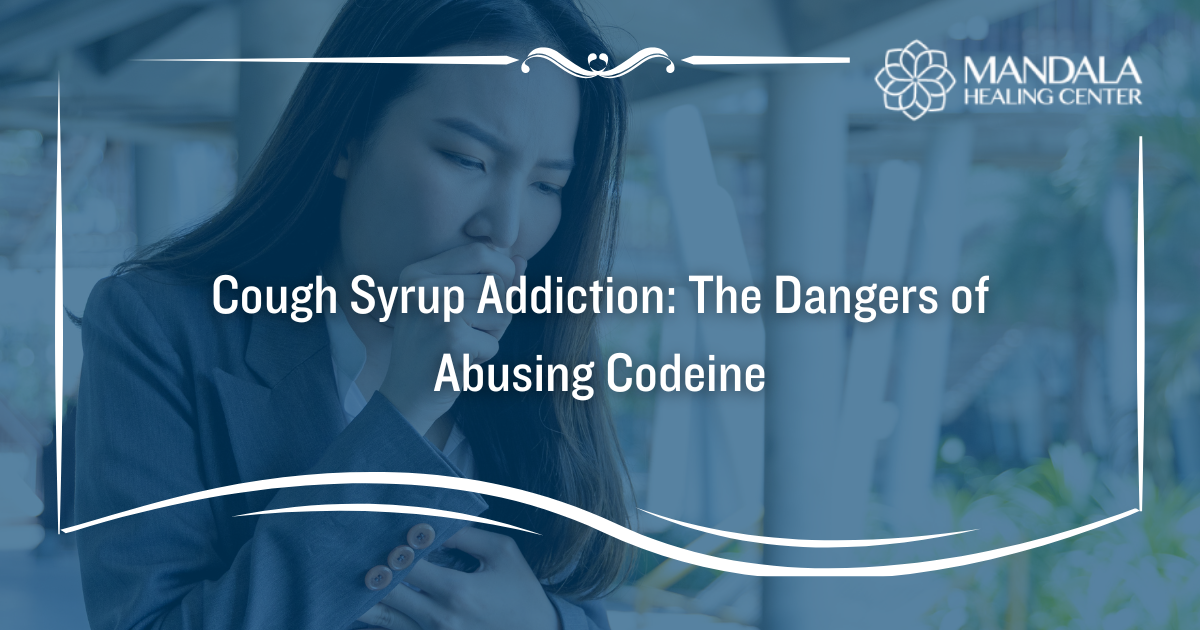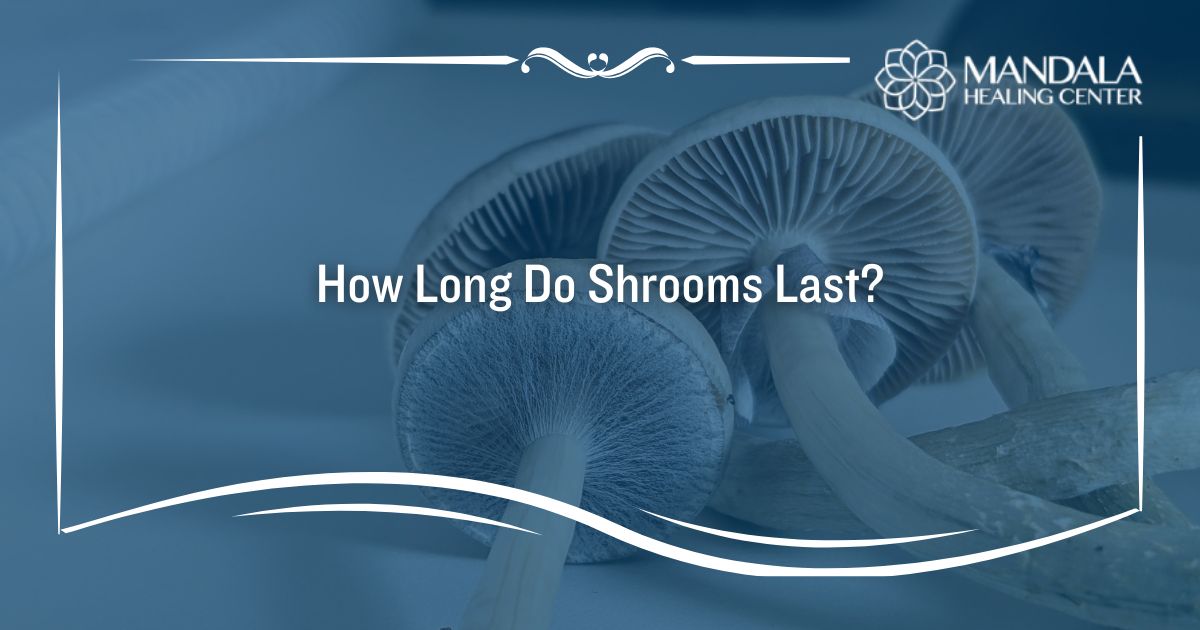What is Addictive Behavior
For a person who doesn’t suffer from addiction, addictive behavior can be hard to understand. Watching someone you care about engage in destructive and unhealthy patterns seemingly without regard to consequences is frightening.
Understanding how addiction works can provide a better perspective.
According to the American Society of Addiction Medicine, “Addiction is characterized by inability to consistently abstain, impairment in behavioral control, craving, diminished recognition of significant problems with one’s behaviors and interpersonal relationships and a dysfunctional emotional response.”
How Addiction Presents Itself
Addiction is often misunderstood. Its exact causes are still vary,although there is thought to be a genetic component, as well as environmental factors. It is known that addiction affects the reward center of the brain, creating a pattern of compulsive behavior in order to continue releasing the chemicals necessary for a sense of well-being.
There are numerous ways in which addictive behavior presents itself:
- Constant craving or preoccupation for their substance of choice. This obsession with using interferes with daily life, such as school, work, family and friends.
- Going to extreme lengths to obtain and use the drug or other substance or behavior, despite negative consequences
- Erratic behavior. This behavior may appear as a result of withdrawal symptoms, or it may be a result of being under the influence of a substance. The person may display extreme anger, hostility, paranoia, or other uncharacteristic behaviors.
- Denial is usually present in one form or another. Despite obvious evidence that your loved one has a problem, they insist that it is “no big deal” or they blame their current situation on anything and everything but the substances.
- Hiding or covering up the behavior. People who suffer from addiction may isolate themselves from family and friends in an attempt to hide addictive behaviors.
Complusion Vs. Addiction
You may have heard the term “compulsive behaviors” as well as “addictive behaviors” and wondered if they were the same thing. While they have similarities, there are differences.
Compulsion is a part of addictive behavior, in other words, a person has a compulsion to use. But compulsion isn’t the addiction itself. Likewise, compulsive behavior can occur without addiction. Obsessive-compulsive disorder is a separate diagnosis, as is hoarding and other compulsive behaviors.
Understanding addiction isn’t always easy, but it helps to know that it is a medical condition that can be treated successfully.
Resources:
- Seyyed Salman Alavi, Masoud Ferdosi, Fereshte Jannatifard, Mehdi Eslami, Hamed Alaghemandan and Mehrdad Setare. Behavioral Addiction versus Substance Addiction: Correspondence of Psychiatric and Psychological Views April 3, 2012, http://www.ncbi.nlm.nih.gov/pmc/articles/PMC3354400/
- American Society of Addiction Medicine, Definition of Addiction, April 19, 2011, http://www.asam.org/for-the-public/definition-of-addiction
Addiction Recovery Program at Mandala Healing Center
Call the Mandala Healing Center today to begin planning a healing journey that is tailored to your individual needs. Our expert counselors at 866-830-3211 are available 24/7 to verify insurance coverage and begin the enrollment process.



